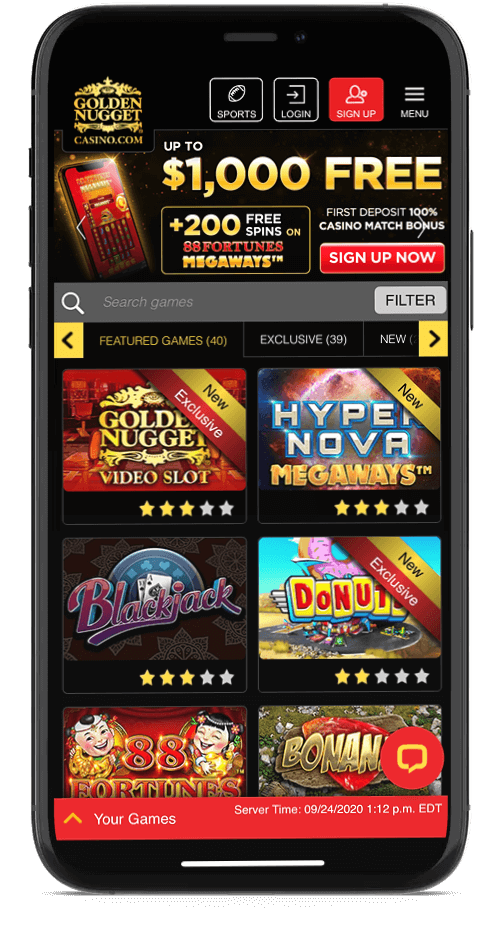admin
Blogs
It vary from vintage RNG casino poker alternatives in order to tables having live traders. Needless to say, these kinds of web based poker games are entirely distinct from pvp on the web poker, since you play contrary to the house/local casino. The career of your alternatives is frequently towards the bottom proper of your own display screen, but which utilizes the fresh user plus the desk layout. While the better on-line poker operators remember that, normally, people use one or more dining table as well, of use options for changing the brand new placement of tables on the display screen are available. Now, it’s time to repeat this guide to an educated on the internet web based poker internet sites in america that have an entire report on the newest playing laws and regulations. We’ll show you a guide to the different poker variations, and give you particular fascinating tricks and tips, very stay tuned.
Best Internet poker Rooms
What number of professionals is decided, there is multi-desk and single-table SnGs. As its name indicates, the online game begins once the chairs at the dining table is filled, and you will people remain in the video game up to they run out of chips. Here you will find the finest-rated Us on-line poker sites in which Sit & Gos appear. Western https://happy-gambler.com/halloween/rtp/ Virginia’s short inhabitants frustrated web based poker websites of making an application for online poker licenses recent years as the workers you need considerable traffic to take care of active cash video game and you can tournaments. County legislation it permits Nj to enter exchangeability compacts with other controlled says, enabling internet poker web sites authorized both in jurisdictions to talk about athlete swimming pools across the state outlines.
Greatest Las vegas, nevada Casino poker Sites
Even then, it’s unsure when the newest betting legislation also apply at offshore web based poker sites.That being said, Worldwide Casino poker is certainly one real-money casino poker webpages who’s discovered a means to be court in order to 44 out of fifty Us says. There are numerous best on-line poker websites in america where participants can take advantage of online poker online game. He could be available just of numerous courtroom claims where gambling on line might have been legalized. The recommended online poker platforms is actually registered and you will controlled, and you may ensure that they supply a knowledgeable standards and you may security measures.
As to the reasons 888poker is a wonderful online poker webpages for starters
The You jurisdictions don’t have your state law who does explicitly enable it to be illegal to play to the on-line poker internet sites. There are a few regulated sports betting internet sites doing work inside the Indiana even though. Outside such legal sports books, it’s perhaps not court to play real money video game online. The brand new legal condition people internet poker is amongst the most common subjects which may confuse professionals. The united states on-line poker scene appears to be switching month-to-month immediately after the us government lawyer announced that the Wire Work can’t be put to own prohibiting states away from and make online poker available.

Pittsburgh’s Rivers Casino phone calls by itself the newest Burgh’s “most widely used playing attraction” with over one hundred desk video game, sports betting, four dining, alive activity, and you can a 31-desk poker place. Choosing the best online poker internet sites inside Pennsylvania is no simple task, because it constantly boils down to choice. However, the recommendations of one’s internet poker internet sites inside PA all of the share some common factors that we look out for. All the cash games provided by BetMGM Casino poker Pennsylvania is actually NLH, even though there is even repaired-limit Keep’em and cooking pot-limit Omaha action offered. A low stakes you could play on line dollars online game to your BetMGM Casino poker Pennsylvania are 0.01/0.02, enabling to own a minimum purchase-inside away from 0.60 and you may a max pick-in the away from dos. The best stakes, at the same time, work with at the 25/fifty and invite for the very least get-in the from step one,five-hundred and you will a maximum buy-in the of 5,100000.
- No deposit code is required to claim the brand new acceptance render of fifty casino credits.
- He’s been seemed to your stores such as CardPlayer, the nation Web based poker Tour, Bing Information, and you can Forbes.
- So, you could believe getting and you will starting your chosen casino poker app to the your entire gizmos if you plan playing on the long name.
- Even if 888poker offers high-stakes cash online game and you will tournaments, it is advisable-known for getting amusement player friendly.
- All you have to take action discover ‘Play Money’ choice rather, and you will next enter the big arena of free online poker from the PokerStars.
West Virginia Casino poker Incentives
A secure internet casino, such as Fans, screens its licensing information on the website. Furthermore, of many anti-gaming supporters are involved regarding the state gaming that comes with legal wagering and you may iGaming. But not, just because the state legislature, such as Virginia and you may Vermont, otherwise its people choose off betting, they doesn‘t suggest they think exactly the same way from the sports betting.
They involve the most popular web based poker give reviews – the potency of cards combos one to determines that is the fresh champion on the video game. Online poker platforms try created by the newest gaming providers on their own, and therefore’s as to why he’s constantly other. More often than not, an alternative casino poker buyer/app should be installed, giving specific book pros. Thus, you can even consider downloading and you can establishing your preferred poker software on the all devices if you intend playing from the long term.
